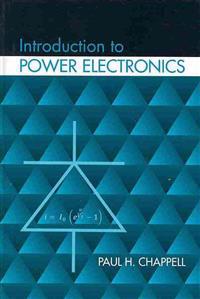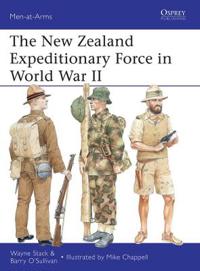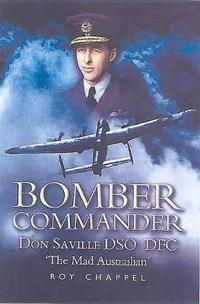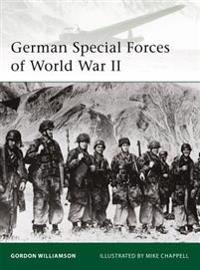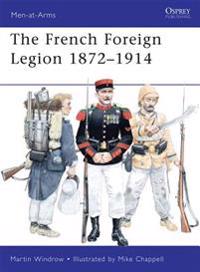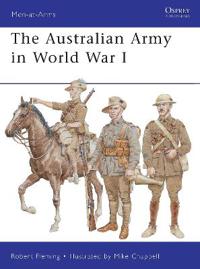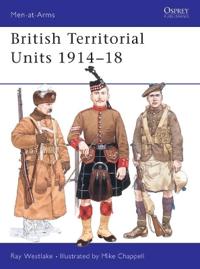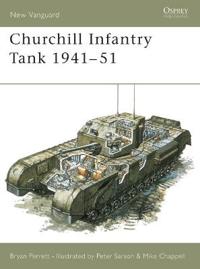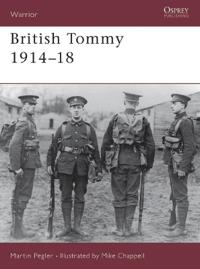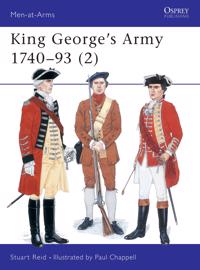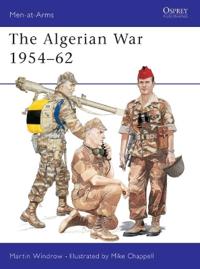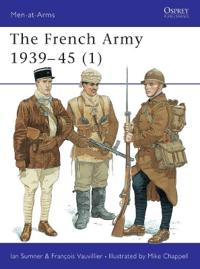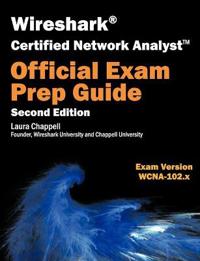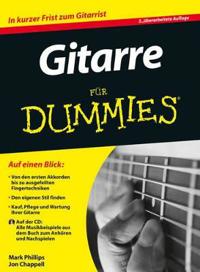Introduction to Power Electronics (Inbunden)
avPaul H. Chappell
ISBN: 9781608077199 - UTGIVEN: 2013-12The subject of power electronics is concerned with solid state devices for the control and conversion of electrical power. These silicon devices are designed mainly for switching the transfer current from one part of an electrical circuit to another. Power electronics has a wide range of application[...]
The New Zealand Expeditionary Force in World War II (Pocket)
avWayne Stack, Barry O'Sullivan, Mike Chappell
ISBN: 9781780961118 - UTGIVEN: 201303In 1939 more than 140,000 New Zealanders enlisted to fight overseas during World War II. Of these, 104,000 served in the Second New Zealand Expeditionary Force. Initially thrown into the doomed campaign to halt the German blitzkrieg on Greece and Crete (1941), the division was rebuilt under the lead[...]
Bomber Commander (Inbunden)
avFrancis Roy Chappell
ISBN: 9781844150922 - UTGIVEN: 2004-11Wing Commander Donald Teale Saville DSO, DFC joined the Royal Australian Air Force in 1927. From 1932 until 1939 he flew and tested private aircraft, was a flying instructor and then a Captain-pilot with Australian National Airways. In 1936, at the age of 36 years, he volunteered for the RAF whilst [...]
German Special Forces of World War II (Pocket)
avGordon Williamson, Mike Chappell, Gordon Williamson
ISBN: 9781846039201 - UTGIVEN: 200911This is a fascinating and long overdue study of the troops that made up Germany's elite special forces of World War II. Such forces included the legendary Skorzeny Commandos who carried out audacious tasks such as the glider-borne rescue of Mussolini, and the kidnapping of the son of the Hungarian r[...]
The French Foreign Legion 1872-1914 (Pocket)
avMartin Windrow, Mike Chappell, Martin Windrow
ISBN: 9781849083263 - UTGIVEN: 201007This volume covers the classic 'Beau Geste' period, of the French Foreign Legion when the corps was expanded during the most dynamic years of French imperial expansion. Legion battalions fought in the deserts and mountains of southern Algeria and Morocco, as well as in the jungles of North Vietnam, [...]
The Australian Army in World War I (Pocket)
avRobert Fleming, Mike Chappell, Robert Fleming
ISBN: 9781849086325 - UTGIVEN: 201206The importance of the Australian contribution to the Allied war effort during World War I should never be underestimated. Some 400,000 Australians volunteered for active duty, an astonishing 13 per cent of the entire (white) male population, a number so great that the Australian government was never[...]
British Territorial Units 1914-18 (Pocket)
avRay Westlake, Mike (ILT) Chappell, Ray Westlake
ISBN: 9781855321687 - UTGIVEN: 1992-03In his Army Reforms of 1906/07 the Secretary of State for War, Richard Burdon Haldane, provided for an expeditionary force - the Regular Army supplemented by the old Militia - and a new organisation intended for home defence, the Territorial Force. This new 'Citizen's Army' was formed by the transfe[...]
Churchill Infantry Tank (Häftad)
avBryan Perrett, M. Chappell
ISBN: 9781855322974 - UTGIVEN: 199305The Churchill was undoubtedly one of the most successful British tanks of the Second World War. Although it suffered from being underarmed, a defect common to most British armoured vehicles of the period, it was nevertheless loved by its crews: its cross-country ability was unrivalled and it was les[...]
British Tommy (Pocket)
avMartin Pegler, Mike (ILT) Chappell, Martin Pegler
ISBN: 9781855325418 - UTGIVEN: 1996-05World War I (1914-1918) was a watershed in British military and social history, and even now the repercussions can still be felt. No town or village in the British Isles escaped casualty, and the creative genius of a generation was wiped out, at an incalculable loss to society. This book looks in de[...]
King George's Army 1740-93 (Pocket)
avStuart Reid, Paul (ILT) Chappell, Stuart Reid
ISBN: 9781855325647 - UTGIVEN: 1995-11The 18th century was marked by a steady growth in central control of the British Army and a corresponding decrease in the influence enjoyed by individual commanding officers. The most obvious sign of this process was the increasing uniformity of the clothing issued each year to the soldiers. Neverth[...]
The Algerian War, 1954-62 (Häftad)
avMartin Windrow, Mike Chappell
ISBN: 9781855326583 - UTGIVEN: 1997-11In the mid-1950s to early 1960s the Algerian war dominated the European press, comparable in impact to the Vietnam War. France was divided politically, and governments rose and fell regularly. Algeria was France's oldest, richest and most integrated colony, but during the war in Indochina an undergr[...]
The French Army, 1939-45 (Häftad)
avIan Sumner, Francois Vauvillier, Mike Chappell
ISBN: 9781855326668 - UTGIVEN: 199804On paper at least the French army in 1939 was the most powerful land army in the world. Sheltered behind the fortifications of the Maginot line was an army which drew its troops from colonies and territories all over the world. It included spahis from algeria, calvary from Morocco, Chasseur Alpin fr[...]
Close Encounters (Pocket)
avKerry Chappell, Linda Rolfe, Anna Craft
ISBN: 9781858564876 - UTGIVEN: 2011-11Young people today need to be flexible, imaginative and resilient and to use their creativity holistically and appropriately. "Close Encounters" shows how creativity and the special relationships that facilitate it can be nurtured within education through dance. Dance Partners for Creativity, an int[...]
Wireshark(r) 101: Essential Skills for Network Analysis (Häftad)
avLaura Chappell, Gerald Combs
ISBN: 9781893939721 - UTGIVEN: 201302Wireshark Certified Network Analyst Exam Prep Guide (Second Edition) (Häftad)
avLaura Chappell
ISBN: 9781893939905 - UTGIVEN: 201207Wireshark Network Analysis (Second Edition) (Häftad)
avLaura Chappell
ISBN: 9781893939943 - UTGIVEN: 201203

